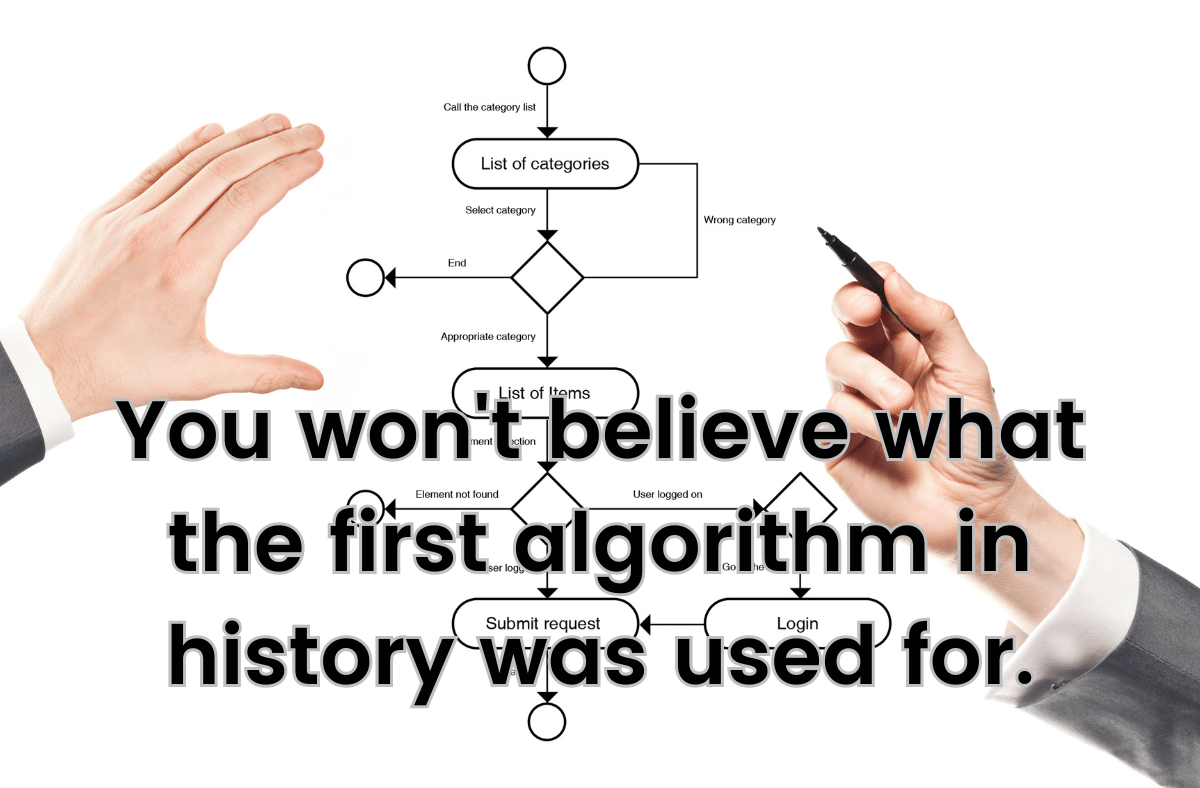For those in a hurry
Ada Lovelace was an English mathematician and writer who is widely regarded as the first computer programmer. She wrote a set of instructions for Charles Babbage’s Analytical Engine, a mechanical device that could perform complex calculations. However, she never got to see her code executed, as the machine was never built in her lifetime.
Who was Ada Lovelace?
Ada Lovelace was born on December 10, 1815, as Augusta Ada Byron. She was the only legitimate child of the famous poet Lord Byron and his wife Lady Byron. Her parents separated soon after her birth, and her father left England forever. Ada never met him, but she inherited his love for poetry and imagination.
Ada was raised by her mother, who wanted to prevent her from developing her father’s perceived madness. She encouraged Ada’s interest in mathematics and logic, and hired tutors to educate her. Ada was a brilliant student, who mastered subjects such as algebra, geometry, calculus, and astronomy.
How did she become interested in computing?
In 1833, when Ada was 17 years old, she met Charles Babbage, a mathematician and inventor who is known as the father of computers. Babbage had designed a machine called the Difference Engine, which could perform simple arithmetic operations using gears and levers. He was working on a more advanced machine called the Analytical Engine, which could perform any calculation given a set of instructions.
Ada was fascinated by Babbage’s machines, and became his friend and collaborator. She attended his lectures, visited his workshop, and studied his plans and notes. She understood the potential of the Analytical Engine beyond mere number crunching. She realized that it could manipulate symbols, create music, and even generate art.
What did she write for the Analytical Engine?
In 1842, Ada translated an article by Luigi Menabrea, an Italian engineer who had attended Babbage’s lectures in Turin. The article described the design and operation of the Analytical Engine. Ada added her own notes to the translation, which were three times longer than the original article. These notes are considered to be the first computer program.
In her notes, Ada explained how the Analytical Engine could be programmed using punched cards, which were used to control looms at that time. She also gave examples of how to write instructions for the machine to perform various tasks, such as calculating Bernoulli numbers, a sequence of fractions related to probability theory. She also suggested how to use loops, subroutines, and conditional statements, which are common features of modern programming languages.
Why did Ada Lovelace never run her code?
Unfortunately, Ada never got to see her code executed on the Analytical Engine, because the machine was never built. Babbage faced many technical and financial difficulties in constructing his device, and he also had conflicts with his sponsors and collaborators. He died in 1871, leaving his project unfinished.
Ada also died young, at the age of 36, from uterine cancer. She was buried next to her father at her request. Her work on the Analytical Engine was largely forgotten until the 20th century, when it was rediscovered by historians and computer scientists. She is now recognized as a pioneer of computing and a role model for women in STEM fields.






















